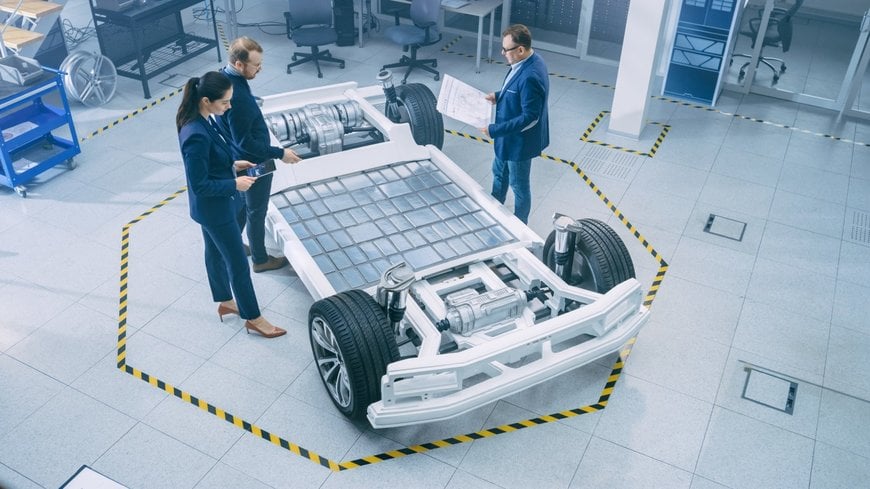www.magazine-industry-usa.com
19
'21
Written on Modified on
Automotive Oems Urged To Reduce Supply Chain Risk In Light Of Semiconductor Shortage
Automotive OEMs are being advised to take a systems-level look at their supply chains and take immediate action to minimize the risk of over-reliance, as the global semiconductor shortage continues to cripple global production schedules.

The message comes from ESI Automotive; a major innovation provider which is already working with automotive manufacturers to utilize unique material sets which can reduce the semiconductor content in some vehicle systems by as much as 75%. This is helping several OEMs overcome some of the market challenges faced in the past 18 months.
A global to shift to remote working and learning during the COVID-19 pandemic has contributed to a surge in demand for computing devices and critical semiconductor chips. According to IDC, personal computer shipments grew by 13% in 2020 – the highest growth in a decade. This has had a devastating effect on worldwide vehicle production, since all microchips and transistors featured in modern vehicle designs are made of semiconductor material. A typical electric vehicle (EV) car design often includes thousands of semiconductor chips at any one time.
With the semiconductor shortage continuing to wreak havoc on new vehicle schedules and Taiwanese companies forced to move production of chips to China in an attempt to bypass COVID restrictions, it is expected that material shortages will not be resolved fully until late 2022, if not later.
ESI Automotive has been taking a different approach, working closely with automotive OEMs to take a systems-level look at their supply chains and understand where possible weak links exist, for example, an over-reliance on individual materials prone to supply chain shocks.
Chris Klok, director of vehicle electrification at ESI Automotive, explained: “Automotive OEMs are facing a perfect storm of material supply, with semiconductor materials already behind production schedules, and a shortage of rubber and metal all fueling further chaos. The past 18 months have demonstrated vulnerabilities in traditional vehicle supply chains and triggered the need for review.
“By viewing future vehicle manufacture at a systems-level, it is possible to understand in greater detail where these vulnerabilities exist and make subtle changes which not only aid vehicle performance, but which reduce over-reliance on materials and better spreads supply chain risk.
“For example, we are working with one OEM to understand their process for EV powertrain design. They had always used an inverter type that was soldered. Therefore, they required semiconductor devices to solder to the substrate – more than 90 individual devices!
“We worked with them to instead use silver sintering technology, which enabled them to reduce semiconductor content by 75%. This decrease not only brought a weight reduction, but also a reduction in dimension and cost. This simple change added benefits to the vehicle and helped reduce their over-reliance on one type of material. It’s just one example of where a slight change can add resilience, when production is viewed at systems level.
“As traditional supply chains continue to evolve and defragment in light of changing market forces, such regular reviews should ensure production schedules remain consistent regardless of external global factors.”

